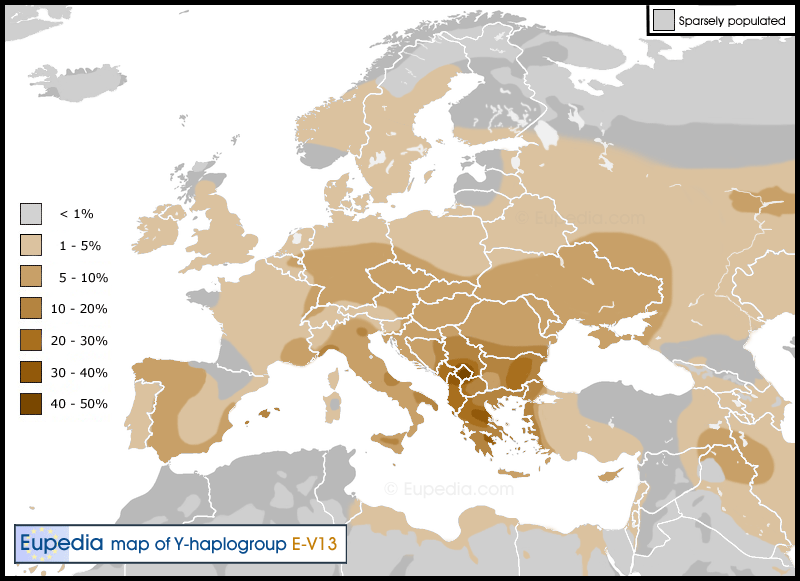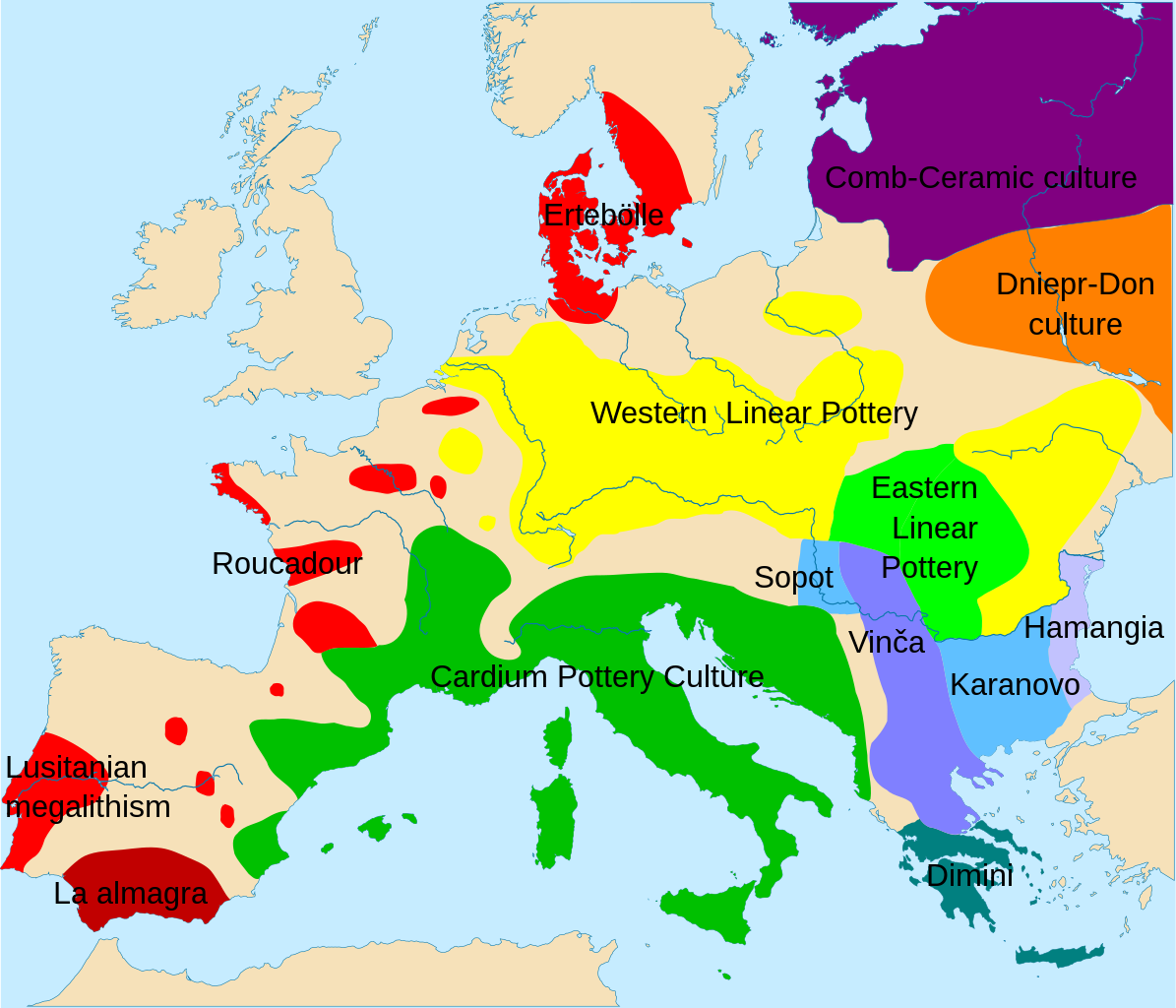"In this latter work she indicates that: Not one of the peoples with whom we have to deal in this book has such a claim to the epithet "Balkan" as the Dardanians... because they appear as the most stable and the most conservative ethnic element in the area where everything was exposed to constant change, and also because they, with their roots in the distant prehomeric age, and living in the frontiers of the Illyrian and the Thracian worlds retained their individuality and, alone among the peoples of that region succeeded in maintaining themselves as an ethnic unity even when they were militarily and politically subjected by the Roman arms...and when at the end of the ancient world, the Balkans were involved in far-reaching ethnic perturbations, the Dardanians, of all the Central Balkan tribes, played the greatest part in the genesis of the new peoples who took the place of the old (p.131). Also i want to add that there were some connections between Albania and Genoa who is in the western part of Appenine.
https://en.wikipedia.org/wiki/Durazzo_family Someone can say it`s just an family. The ways of organizing the Albanian society is clannish."
"Racial/genetic purity"... wherever did I get that thought from? Well, let's see:
Claim 1 translated: Basically, we are the purest of the Balkan people.
Claim 2: Dardanians are the most stable & conservative ethnic element in the Balkans, indicating ethnic purity, continuity, & minimal external genetic input.
Claim 3: "Alone among the Balkans", again suggesting they are of the purest Balkan type.
Claim 4: Maintained themselves as "an ethnic unity". W/e that means it sure sounds a lot like ethnic preservation & racial purity.
Claim 5: "...the Dardanians, of all the Central Balkan tribes, played the greatest part in the genesis of the new peoples who took the place of the old At the end of the ancient world". So, the Dardanians were the source population for the reconstitution of the Balkan people. Not only are we the purest, but we are the root of all others! LOL.
LOL. Wherever could I get this idea about Kosovar Albanian ethnic purity? LOL.
Now let me elucidate some of the problems I have with your points & their link to this discussion:
1) I'm nowhere near ready to connect the ancient Dardanians with modern Kosovars.Tribes shift, move, migrate, are wiped out & reconstitute themselves over and over again in a region. Just because an area happened to be occupied by a tribe 2000 years or so ago, doesn't mean that area is still occupied by that tribe or its descendants. Actually, in light of the history of the Balkans with its many conflicts & upheavals, this seems rather unlikely. I'd say you undoubtedly implied a link between Dardanians & modern Kosovars, even if you didn't spell it out clearly.
2) Even if we take some of this "Greek" professor's ideas concerning the region seriously or at face value, they sound speculative to the extreme. There are a million reasons professors believe this or that. Even reputable geneticists, who are supposed to be hard scientists, are constantly writing conjectural lunacy down that turns out to be completely divorced from reality after new data or good direct data emerges. Combine this with the unreliability and imprecision of 2000 year old records & this makes the connections between ancient Dardanians and Albanians/Kosovars all the more tenuous. Ans when historians talk about "ethnic unity" or anything quasi-genetic in nature, it's pretty much always conjecture.
3) That a group has slightly higher Y haplo rate is not strong evidence that this group is the source point for the haplogroup. It's hardly even weak evidence. Why some haplogroup concentrates in a particular place or ethnic group is sometimes for very peculiar reasons. At other times, it's difficult to explain. As stated, there are a lot of groups far from the Balkans with high E-V13 rates & there are many other areas in SE Europe with similar high levels of E-V13. Sometimes this is due to founder effects. The progenitors or founders of a group, tribe or region happen to have this haplo or that one, & voila, group members down the line also have elevated rates.
4) I simply can't compete with your extensive knowledge regarding crack-pot Albanian historians. No way. Your knowledge in that arena is unrivaled.
5) Bosnians are Slavs because they speak a Slavic language. But if you take DNA seriously, which I do, I'm really not sure I'd call Bosnians Slavs at all. In fact, this final point speaks to the divide between your points & mine. I'm trying to talk about Y-DNA, which is what I thought this thread was about.
 I wonder if it's possible that the Ligurian branch is mostly the Neolithic Cardial related one? After all, that's the route that Cardial took into more western areas of Europe...i.e. along the northern littoral of the Mediterranean from Italy and then down into Spain among other areas. The frequency in Sicily is in the interior plain, so perhaps as Mars suggested the Neolithic strains retreated before subsequent migrations?
I wonder if it's possible that the Ligurian branch is mostly the Neolithic Cardial related one? After all, that's the route that Cardial took into more western areas of Europe...i.e. along the northern littoral of the Mediterranean from Italy and then down into Spain among other areas. The frequency in Sicily is in the interior plain, so perhaps as Mars suggested the Neolithic strains retreated before subsequent migrations? Certainly, Liguria isn't significant in that Cavalli Sforza spread out from the Balkans, although perhaps it's possible it's a spread along the coast from Massalia? So, maybe the yDna track is there, but not much of an autosomal one?
Certainly, Liguria isn't significant in that Cavalli Sforza spread out from the Balkans, although perhaps it's possible it's a spread along the coast from Massalia? So, maybe the yDna track is there, but not much of an autosomal one?

